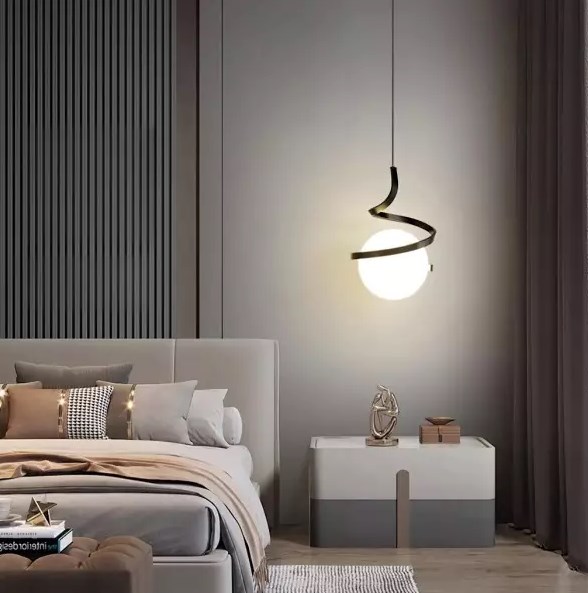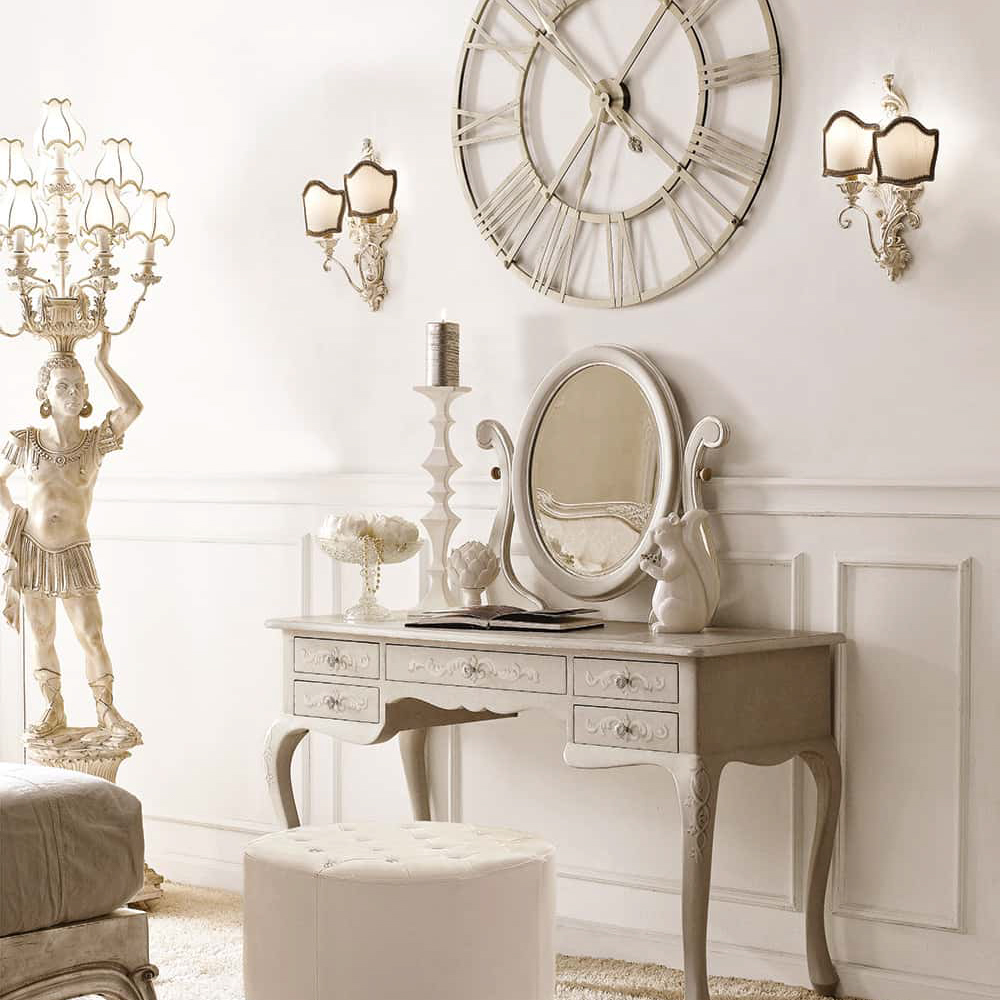When it comes to choosing the right style for your lighting fixtures, it’s important to consider the overall aesthetic of your space. Whether you’re going for a modern, minimalist look or a more traditional, ornate feel, there are countless styles to choose from. For a modern look, consider sleek, geometric fixtures with clean lines and a minimalist design. If you’re aiming for a more traditional feel, look for fixtures with intricate details, such as scrollwork or floral motifs. Industrial-style fixtures are also popular, featuring raw materials like metal and exposed bulbs for a rugged, urban look.
Another important factor to consider when choosing the right style is the overall theme of your space. If you have a coastal-themed room, you might want to consider fixtures with a nautical or beachy vibe, such as rope-wrapped pendants or fixtures with a weathered, sea-worn finish. For a more rustic or farmhouse-inspired space, look for fixtures with a distressed or antique finish, or ones that incorporate natural materials like wood and rope. Ultimately, the Ccovv right style for your lighting fixtures will depend on your personal taste and the overall design of your space.
Placement and Functionality
The placement of your lighting fixtures is crucial to their functionality and the overall ambiance of your space. When considering where to place your fixtures, think about the specific tasks and activities that will take place in each area. For example, in the kitchen, it’s important to have adequate task lighting over the countertops and stove for food preparation. Pendant lights or track lighting are popular choices for this purpose, providing focused illumination where it’s needed most. In the dining room, a chandelier or pendant light above the table can create a warm, inviting atmosphere for meals and gatherings.
In addition to task lighting, it’s important to consider ambient and accent lighting to create a well-rounded lighting scheme. Ambient lighting provides overall illumination for a room, while accent lighting highlights specific features or areas, such as artwork or architectural details. Wall sconces, floor lamps, and recessed lighting are all great options for adding ambient and accent lighting to your space. When planning the placement of your fixtures, be sure to consider the natural flow of the room and how different lighting elements will work together to create a cohesive and functional lighting scheme.
Size and Scale
When it comes to choosing the right size and scale for your lighting fixtures, it’s important to consider the proportions of the room and the specific area where the fixture will be placed. A common mistake is choosing fixtures that are too small for the space, which can make them appear insignificant and underwhelming. On the other hand, oversized fixtures can overwhelm a room and throw off its balance.
For overhead fixtures like chandeliers and pendants, a good rule of thumb is to measure the length and width of the room in feet and then add those two numbers together. The sum in inches should give you an approximate diameter for the fixture. For example, in a room that is 12 feet by 14 feet, a chandelier with a diameter of 26 inches would be proportional to the space. When it comes to wall sconces and other wall-mounted fixtures, consider the height of the ceilings and the size of the wall to ensure that the fixture is in proportion with its surroundings.
Material and Finish
The material and finish of your lighting fixtures can have a significant impact on the overall look and feel of your space. From sleek, polished metals to warm, natural materials, there are countless options to choose from. For a modern, contemporary look, consider fixtures made from stainless steel, chrome, or brushed nickel. These materials have a clean, polished finish that complements modern decor and adds a touch of sophistication to any space.
If you’re going for a more rustic or industrial look, consider fixtures made from raw materials like iron, copper, or brass. These materials often have a weathered or distressed finish that adds character and charm to a space. For a softer, more traditional feel, look for fixtures made from wood or glass with warm, inviting finishes. Ultimately, the material and finish of your lighting fixtures should complement the overall aesthetic of your space and add to its visual appeal.
Bulb and Lighting
The type of bulb you choose for your lighting fixtures can have a significant impact on both the functionality and ambiance of your space. There are several different types of bulbs to choose from, each with its own unique characteristics and benefits. Incandescent bulbs are the most common type of bulb and provide warm, soft light that is flattering and inviting. However, they are not as energy-efficient as other options and have a shorter lifespan.
LED bulbs are an increasingly popular choice for their energy efficiency and long lifespan. They also come in a variety of color temperatures, from warm white to cool white, allowing you to customize the ambiance of your space. Halogen bulbs are another option that provides bright, white light and is often used for task lighting in kitchens and bathrooms. When choosing bulbs for your fixtures, be sure to consider both the functionality and aesthetic qualities of the light they produce to create the perfect lighting scheme for your space.
Budget-Friendly Options

When it comes to finding budget-friendly lighting options, there are several strategies you can use to save money without sacrificing style or quality. One option is to shop for fixtures at discount stores or online retailers that offer lower prices than traditional lighting stores. You can also look for sales and promotions at home improvement stores or wait for seasonal clearance events to score great deals on lighting fixtures.
Another budget-friendly option is to consider DIY projects or upcycling existing fixtures to give them a fresh new look. With a little creativity and some basic tools, you can transform outdated or inexpensive fixtures into custom pieces that reflect your personal style. Additionally, consider mixing and matching different types of fixtures throughout your space to create an eclectic look that doesn’t require purchasing all new fixtures at once.
Maintenance and Care
Proper maintenance and care are essential for keeping your lighting fixtures looking their best and functioning properly for years to come. Regular cleaning is important for removing dust, dirt, and grime that can accumulate on fixtures over time. Use a soft cloth or duster to gently wipe down the surfaces of your fixtures, being careful not to scratch or damage any delicate finishes.
In addition to cleaning, it’s important to inspect your fixtures regularly for any signs of wear or damage. Check for loose wires, cracked glass or shades, or any other issues that could affect the safety or functionality of the fixture. If you notice any problems, be sure to address them promptly to prevent further damage or potential safety hazards.
Finally, be mindful of any specific care instructions provided by the manufacturer for your fixtures. Some materials and finishes may require special cleaning products or techniques to maintain their appearance and integrity. By following these guidelines and staying proactive with maintenance and care, you can ensure that your lighting fixtures remain in top condition for years to come.





